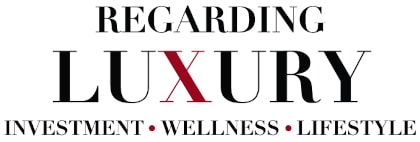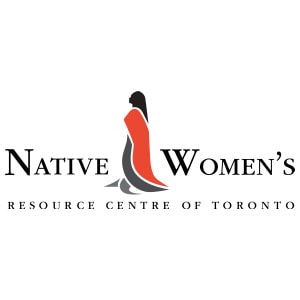If you haven’t heard the news by now you must be living under a rock. Mortgage rates are available at record lows. With money super cheap to borrow, many Canadians are looking to invest in rental properties. Rental properties are a great way to earn extra income. If you buy enough rental properties maybe you can even retire early one day.
Related: Is now a good time for real estate investors to buy downtown?
Buying a rental property can be a great investment. But it’s important to understand that the process is slightly different than a primary residence. Let’s take a look at some important differences to be aware of.
The challenges of a downpayment
Before buying a rental property it’s important to recognize that the down payment requirements are different than a primary residence. With a primary residence you can put as little as 5 percent down. Not so with a rental property.
With a rental property you’re required to make a minimum down payment of 20 percent. For example, if you’re buying a rental property for $500,000, that means you need to come up with a down payment of $100,000 (20 percent). That’s a lot of dough to save. And that’s especially true when you already have a primary residence that you’re making mortgage payments on.
HELOCs
When you refinance your primary residence, you can access the equity to use towards the down payment on a rental property. Most commonly people set up Home Equity Lines of Credit (HELOCs) to access the equity. That way you can withdraw the funds when you find a rental property that you like without needlessly paying interest.
Rental property mortgage qualification
Qualifying for a rental property mortgage is slightly different than qualifying for the mortgage on a primary residence. Since you’ll be earning rental income from the property, most lenders allow you to use some of that rental income to qualify; usually between 20 percent and 80 percent of the rental income.
If you’re taking advantage of low mortgage rates and buying a rental property, you may not have tenants in there day one. That’s not a problem. Most lenders allow you to use something called “market rents.” With market rents, the lender determines through an appraiser a fair amount that your rental property can be expected to rent out to a long-term tenant.
In terms of rental property mortgage pricing, there’s a slight premium over primary residences. You can be expected to pay a rate of 0.25 percent more on rental properties.
Making money on your rental property
There are two key ways to make money on your rental property: through income and appreciation.
Income is the rental income you earn from the property. You can earn rental income from short-term and long-term tenants.
Just make sure rental properties are allowed in the city and building you’re buying in. You’d hate to buy a condo unit with plans to rent it out, only to find out that rental units aren’t allowed in the building.
Rental income = steady income source
Rental income is a good way to earn steady income. This steady income can be used to cover your costs of the rental property (mortgage payments, property taxes, condo fees, etc.). Low mortgage rates have opened new doors to investors. Ideally, you want the property to be cash flow positive (the rental income is more than enough to cover the expenses of the unit).
Another way to earn money is through appreciation. Appreciation is how much in value your rental property goes up since buying it. Although you won’t be able to realize the full gain until you sell the property, one way you can take advantage of it is by refinancing your rental property. When you do this, you can use the funds towards the down payment of another rental property and the process repeats itself.

Sean Cooper is the bestselling author of the book, Burn Your Mortgage: The Simple, Powerful Path to Financial Freedom for Canadians. He bought his first house when he was only 27 in Toronto and paid off his mortgage in just 3 years by age 30. An in-demand Personal Finance Journalist, Money Coach and Speaker, his articles and blogs have been featured in publications such as the Toronto Star, Globe and Mail, Financial Post and MoneySense. Connect with Sean on LinkedIn, Twitter, Facebook and Instagram.








